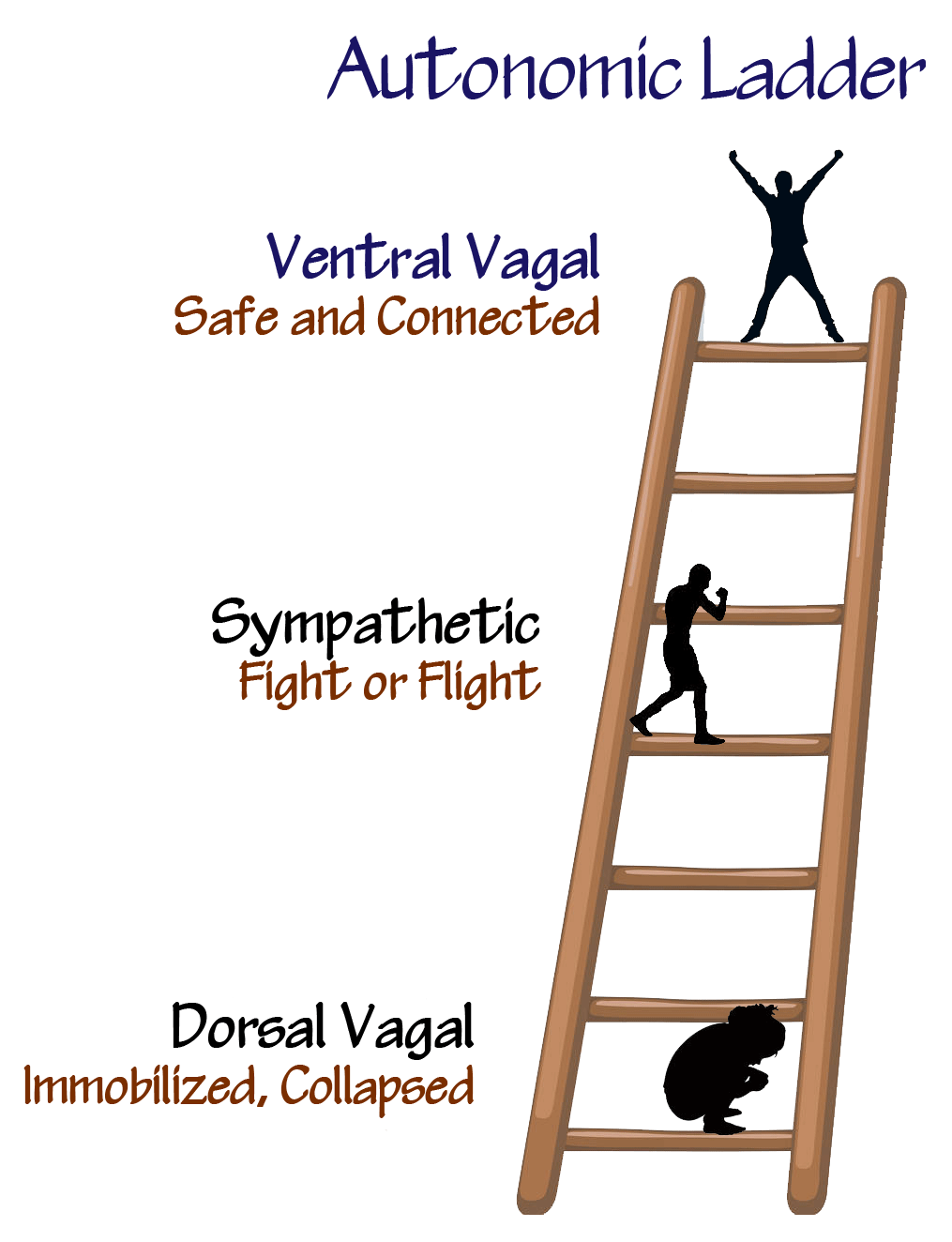
A Promising Intervention for Social Impairments in Adults with Autism Spectrom

Introduction: Autism Spectrum Disorder (ASD) is a neurodevelopmental condition characterized by impaired social abilities and sensory-motor sensitivity. While sensory impairments are common in individuals with ASD, there is a lack of established treatments for adults with ASD. However, a new intervention called the Safe & Sound Protocol (SSP) offers hope in improving social communication skills by reducing auditory hypersensitivity. In this blog post, we will explore a study that investigated the effectiveness of SSP in adults with ASD.

Understanding the Polyvagal Theory:
To comprehend the social impairments experienced by individuals with ASD, the polyvagal theory provides valuable insights. According to this theory, a balance between the sympathetic and parasympathetic nervous systems is crucial for appropriate social behaviour. In individuals with ASD, sensory processing abnormalities can disrupt this balance, hindering the development of appropriate social behaviours. The polyvagal theory forms the basis for the SSP intervention, which aims to address auditory hypersensitivity and improve social communication skills.
The Safe & Sound Protocol:
The Safe & Sound Protocol (SSP) is a unique intervention that leverages the polyvagal theory to alleviate social impairments in individuals with ASD. By utilizing filtered music tuned to the frequency of human speech, the SSP rehabilitates the middle ear muscles. Previous studies conducted with children with ASD have shown promising results, including improvements in auditory processing, listening skills, and sensory sensitivities.
Investigating the Effectiveness of the SSP in Adults with ASD: In a study conducted at the Department of Neuropsychiatry, Okayama University Hospital, researchers evaluated the efficacy of the SSP in adults with ASD. The study included six participants aged 21 to 44 years old. The effects of the intervention were assessed using various measures, including the Social Responsiveness Scale, Second Edition (SRS-2), Center for Epidemiological Studies Depression Scale (CES-D), State-Trait Anxiety Inventory (STAI), WHO Quality of Life 26 (WHOQOL-BREF), and Adolescent/Adult Sensory Profile (A/ASP).

Results and Discussion: The findings of the study revealed that the SSP had a partial effect on social impairments in adults with ASD. Specifically, the Social Awareness subscale of the SRS-2 Family Report showed a significant improvement after the intervention. This improvement in social awareness was associated with better physical health, reduced anxiety, and decreased depressive symptoms. However, no significant improvements were observed in other SRS-2 subscales, which assess active and motor aspects of social skills.
Furthermore, the study showed that there was no significant improvement in the A/ASP scores, which evaluate sensory responses. However, there was a correlation between the SRS-2 Self-Report total score and sensory hypo-responsiveness as measured by the A/ASP. This suggests that the SSP intervention may have a subtle effect on easing defensive behaviours and increasing attentiveness to the environment in adults with ASD.
Conclusion: The Safe & Sound Protocol (SSP) holds promise as an intervention for addressing social impairments in adults with Autism Spectrum Disorder (ASD). While this study demonstrated a partial effect of the SSP on social awareness, further research is needed to explore its broader impact on social communication skills in adults with ASD. The findings provide valuable insights into the potential of the SSP and highlight the importance of addressing sensory impairments in the treatment of ASD. With continued research and development, interventions like the SSP have the potential to significantly improve the lives of individuals with ASD by enhancing their social abilities and overall well-being.
Reference: Initial Outcomes of the Safe and Sound Protocol on Patients with Adult Autism Spectrum Disorder: Exploratory Pilot Study, Int J Environ Res Public Health. 2023 Mar; 20(6): 4862. Published online 2023 Mar 9. doi: 10.3390/ijerph20064862
